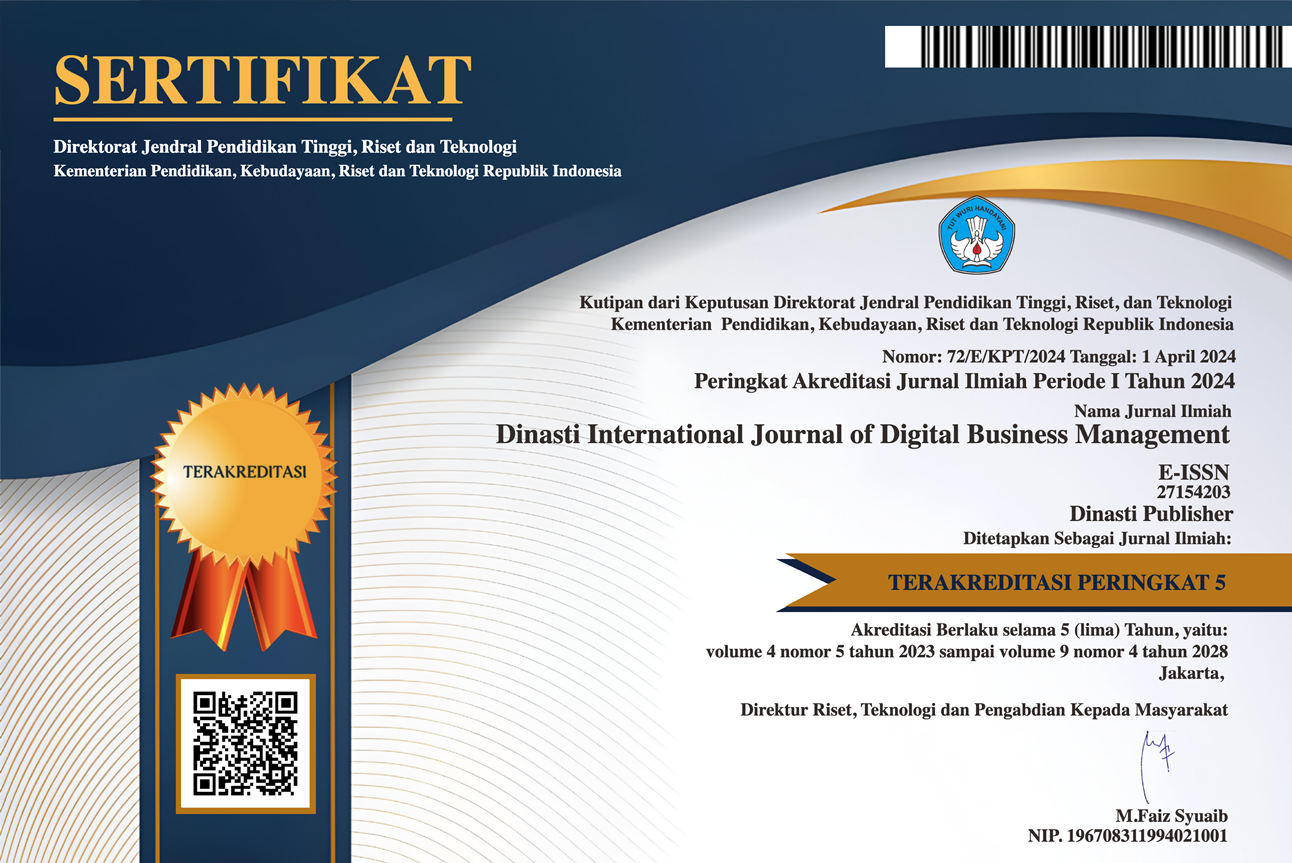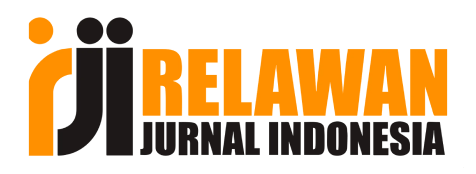The Innovation of the Queue Numbers Zoning Program at the Population and Civil Registration Office of Blitar Regency
DOI:
https://doi.org/10.38035/dijdbm.v6i3.4548Keywords:
Public service, Innovation, The Queue Numbers Zoning ProgramAbstract
The Queue Numbers Zoning Program is an innovation of the administrative registration service of civil registry developed by the Population and Civil Registration Office of Blitar Regency to manage and regulate the people’s queue on the adminstrative registration process of the civil registry. The aims of this study are to describe and analyze the innovation of the Queue Numbers Zoning Program, the supporting and inhibiting factors that affects this program. The result of this research showed that the innovation of the Queue Numbers Zoning Program was created in order to overcome and eliminated the problems existed on the queuing process in the adminstrative registration process of the civil registry and provides the publics with an easier access to filed their registration at the administration service of the civil registry by dividing the queue into three zones. The procedure of administering this program begin with the people who needs the administration service from the Population and Civil Registration Office of Blitar Regency, have to come to their village office or sub-district office and filed for a registration to the admistration officers.
References
Bungin, Burhan. 2003. Analisis Data Penelitian Kualitatif. Jakarta: PT Rajagrafindo Persada
Creswell, J. W., & Clark, V. L. P. (2017). Designing and conducting mixed methods research. Sage publications.
Downs, A. (1967) Inside Bureaucracy. Boston: Little, Brown
Dwiyanto, Agus. 2005. Mewujudkan Good Governance melalui Pelayanan Publik: Jogjakarta: Gajah Mada University press
Gie, Liang. 1987. Pengertian,Kedudukan, dan, Perincian Ilmu Administrasi Publik. Yogyakarta: Yayasan Studi Ilmu dan Teknologi Yogyakarta.
Hayat. 2018. Manajemen Pelayanan Publik. Depok: PT Rajagrafindo Persada.
Iqbal, Muhammad. 2011. Analisis Kinerja Sistem Pendekatan Teori dan Praktek. Depok: Penerbit Gunadarma.
Keban, T Yeremias. 2014. Enam Dimensi Strategis Administrasi Publik Konsep, Teori dan Isu.Yogyakarta: Gava Media
Miles, B Methew, Huberman, Michael A. 2014. Analisis Data Kualitatif. Sage Publications Mindrati, L. I. 2016. Aneka Pendekatan dan Teori Dasar Administrasi Publik. Malang: UB Press.
Moleong, J Lexy. 2015. Metodologi Penelitian Kualitatif. Bandung: PT Remaja Rosdakarya.
Mukarom, Zainal dan Muhibudin Wijaya Laksamana. 2016. Membangun Kinerja Pelayanan Publik; Menuju Clean Government and Good Governance. Bandung: CV. Pustaka Setia
Noor, Irwan. 2013. Desain Inovasi Pemerintahan Daerah. Malang: UB Press
Pasolong, Harbani. 2017. Teori Administrasi Publik. Bandung: Alfabeta.
Sinambela, Lijan Poltak. 2017. Reformasi Pelayanan Publik : Teori, Kebijakan, dan Implementasi. Jakarta: PT Bumi Aksara
Sugiyono. 2017. Metode Penelitian Kuantitatif, Kualitatif, dan R&D. Bandung : Alfabeta, CV.
Tjokroamidjojo, Bintoro. 1974. Pengantar Ilmu Administrasi Pembangunan. Jakarta: PT Dharma Aksara Perkasa.
Tohirin. 2016. Metode Penelitian Kualitatif dalam Pendidikan dan Bimbingan Konseling. Depok: PT rajagrafindo Persada.
Undang-Undang Nomor 25 Tahun 2009 Tentang Pelayanan Publik
Undang-Undang Nomor 24 Tahun 2013 Tentang Administrasi Kependudukan.
Wibawa, Kadek Cahya Susila. 2019. Urgensi Keterbukaan Informasi dalam Pelayanan Publik. Administratife Law & Governance Journal, Vol. 2, No.2, 2019
Downloads
Published
Issue
Section
License
Copyright (c) 2025 Kanro Johannes Naibaho, Iwan Kurniawan Subagja, Azis Hakim

This work is licensed under a Creative Commons Attribution 4.0 International License.
Authors who publish their manuscripts in this journal agree to the following conditions:
- The copyright on each article belongs to the author(s).
- The author acknowledges that the Dinasti International Journal of Digital Business Management (DIJDBM) has the right to be the first to publish with a Creative Commons Attribution 4.0 International license (Attribution 4.0 International (CC BY 4.0).
- Authors can submit articles separately, arrange for the non-exclusive distribution of manuscripts that have been published in this journal into other versions (e.g., sent to the author's institutional repository, publication into books, etc.), by acknowledging that the manuscript has been published for the first time in the Dinasti International Journal of Digital Business Management (DIJDBM).















































